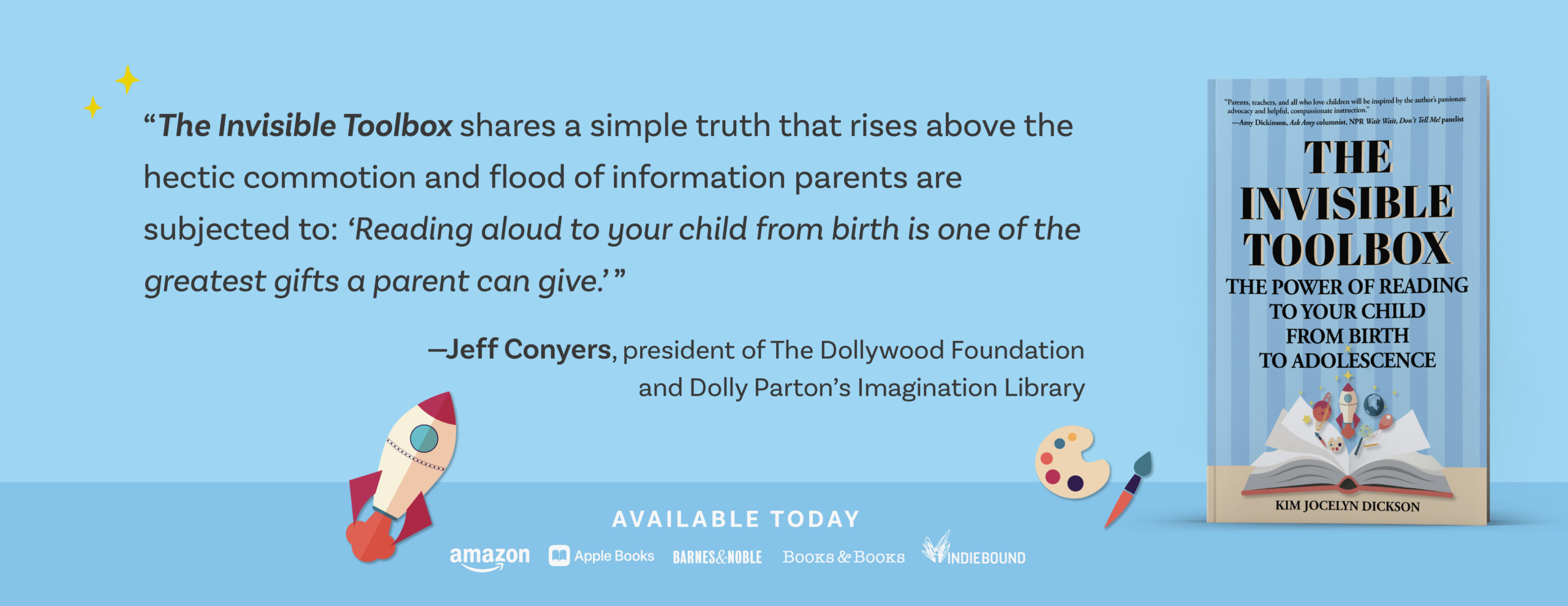When I was growing up every kid I knew had a library card. It was standard issue for a child of my generation, used once a month when the bookmobile came to school and bi-weekly during the summer when our mothers took us to the library to pick out a stack that would last us—maybe—for two weeks.
Entering the library or the bookmobile as a child was like embarking on a treasure hunt. One never knew what new discovery might lie around the corner. I loved the sense that there was a seemingly endless supply of books for me to browse through and that any number of them—within reason of course—could come home with me if I so chose. If one of them turned out not to be my cup of tea, no problem, it simply went onto the return stack that would go back to the library. More often than not, the books I hauled home turned out to be a delightful haven for me in quiet moments.
Not long ago, I visited friends in a tiny eastern seaside town where they spend their vacations. Jack, who had grown up summering there, was especially eager for me to see the town’s charming stone library that had remained nearly unchanged for over one hundred years. He led me into the children’s section with as much gravitas as if he were leading me into King Tut’s tomb to see the Egyptian king’s riches. We came to the “B” shelf, and there he lifted one of Frank Baum’s original, much worn, hardcover copies of one of the Oz books. He had checked them all out many times as a child, and here they remained decades later. I moved farther down the stack to the “L’s,” curious to see whether one of my favorite series, Betsy-Tacy, had also survived. I was thrilled to see that it had, but even more elated when I discovered all the original Lois Lenski books shelved above them. I hadn’t seen these books, which I’d adored through grade school, in decades. It was like meeting old, beloved friends.
Books that we grow up with and love can come from any source, of course, but there is a special value in teaching our children to use the local library. The reasons for introducing our children to the library, helping them get their own library cards, and creating a habit of use are twofold and both have to do with empowering them.
First, using the library encourages children to regularly and frequently make their own reading choices. When books are purchased children make a greater commitment, which often necessitates adult involvement in the decision making process. This is not a bad thing–I don’t at all discourage buying books— it’s just limiting. Unlike a bookstore or online shopping, browsing and sampling are not restrictive. The world of books is a child’s oyster in a library.
Second, it’s empowering for a child to have a library card of their own as it implies both responsibility and privilege. Parents also ought to have and use their own cards. Making regular trips to the library in which both parent and child check out their own books–and shared books too for read-aloud time–communicates a powerful message to a child about the value, pleasure, and importance of reading.
As a teacher, I’ve seen the number of students who have library cards and use their local library rapidly dwindle in recent years. Many of them use only the school library or buy their books online. While both of these venues are fine, they are missing out on the uniqueness of what libraries have to offer–limitless browsing, freedom of choice, and the frequent reminder of the value of reading that comes when they visit regularly with a parent and exercise this privilege with their very own library card.

